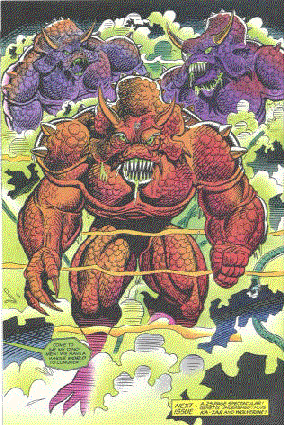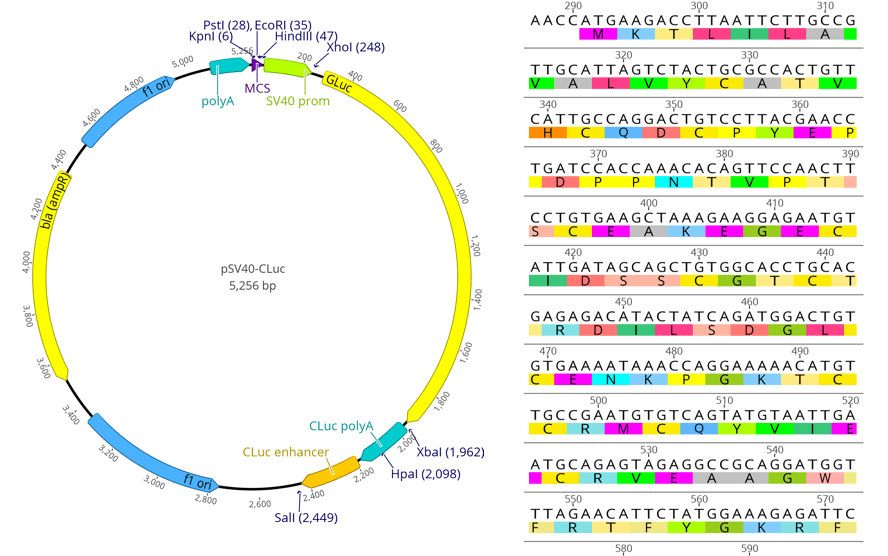
However, this analysis suffered from a lack of important and controversial key taxa such as Lophogastrida, Stygiomysida and Thermosbaenacea. The only exception being the phylogenomic analysis by Schwentner et al. ( 2018), which recovered monophyletic Peracarida with Mysida (represented by Praunus flexuosus) as sister group to the remaining peracaridan taxa. Some molecular evidence for polyphyletic Peracarida, separating Lophogastrida and Mysida and excluding Mysida from Peracarida, have been brought forward since, thus suggesting a closer relationship of Mysida with either Euphausiacea (Jarman et al., 2000 based on 28S rRNA data), Euphausiacea and Stomatopoda (Meland & Willassen, 2007 based on 18S rRNA), Eucarida (Spears et al., 2005 based on 18S rRNA data) or even other positions (e.g. Whereas Peracarida was introduced by Calman ( 1904, 1909) and later supported as monophyletic by, for example Siewing ( 1956) or Schram ( 1984), contrarily Watling ( 1983, 1999) Watling et al. ( 2000) favoured a polyphyletic Peracarida, suggesting Mysidacea to be paraphyletic and more closely related to the Eucarida.
GENEIOUS PRIME REFERENCE PLUS
Especially, the inclusion of the Mysidacea (Mysida plus Lophogastrida) has remained an open question for many decades. Mallatt & Giribet, 2006 Noah et al., 2020 Schwentner et al., 2018 von Reumont et al., 2012), while the monophyly or inclusiveness of its largest subgroup, the Peracarida, has been controversial. The monophyly of Malacostraca is well supported by morphological (Richter & Scholtz, 2001 Siewing, 1956) as well as by molecular data (e.g. Moreover, our analyses also support a monophyletic Peracarida with Amphipoda or Amphipoda + Mysidacea as the sister group to the remaining Peracarida. We find support for the monophyly of Mysidacea based on species from all three higher taxa (Mysida, Lophogastrida, Stygiomysida). We also reconstruct eumalacostracan phylogenies using a data set consisting of 98 species based on alignments comprising all protein-encoding genes as well as the protein-encoding genes and the two ribosomal RNAs. This is the first time this is described for a crustacean. Gene order differs markedly from the hypothetical pancrustacean/malacostracan ground pattern in both species, and in L. typicus, all genes were encoded on the heavy strand.

The mitogenomes have a length of 15,076 bp in L. Both mitogenomes have all typical metazoan genes (13 protein-coding genes, two ribosomal RNA genes and 22 transfer RNAs). We examined Lophogaster typicus as a representative of Lophogastrida and Spelaeomysis bottazzii as a representative of Stygiomysida.

Here, we provide the first complete mitochondrial genomes for two higher taxa of Peracarida, Lophogastrida and Stygiomysida.


 0 kommentar(er)
0 kommentar(er)
